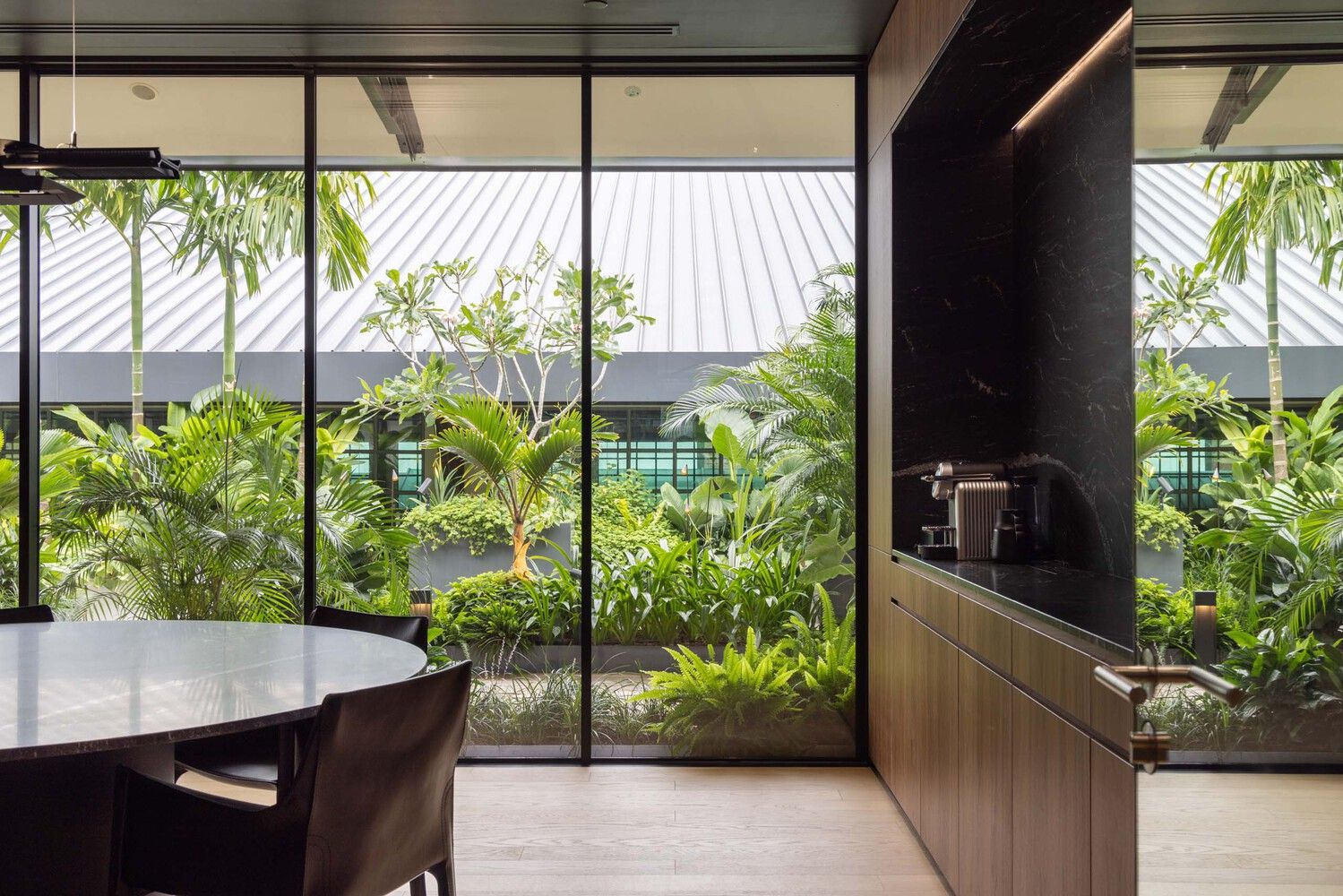In the heart of Singapore, the iconic St. James Power Station, an emblem of industrial history, has undergone a stunning transformation to become the new global headquarters of Dyson. This repurposed space now serves as a cutting-edge campus for research, development, and operations teams, providing a functional and inspiring environment. One of the key elements contributing to the success of this project is the integration of OTIIMA minimalist windows, which enhance light, expand views, and prioritize human well-being.
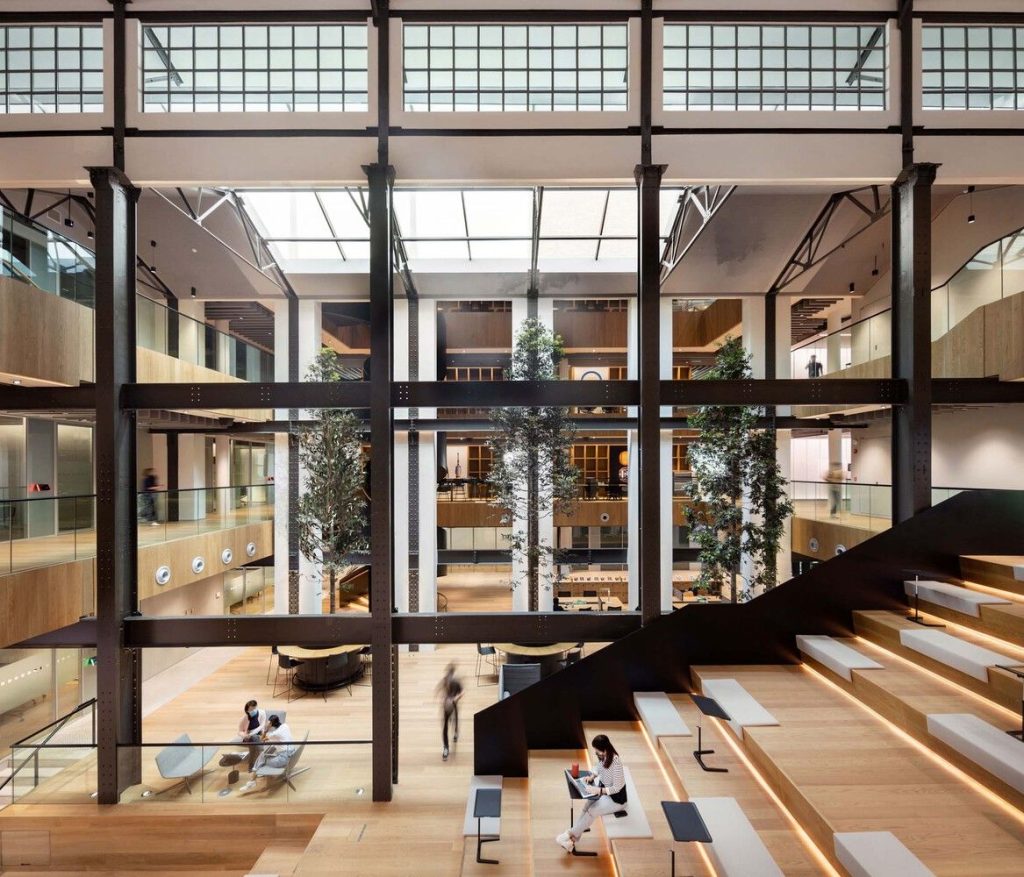
DYSONGLOBAL HQ | M MOSER ASSOCIATES | © FINBARR FALLON
Recognizing the importance of employee well-being, Dyson’s global HQ was designed to prioritize the comfort and happiness of its scientists and engineers. The architects sought solutions to enhance natural light, provide expansive views, and ensure thermal and acoustic comfort. Enter OTIIMA PLUS systems—minimalist windows renowned for their seamless integration and high-performance characteristics.
Upon entering the Turbine Hall, visitors are greeted by a dynamic feature staircase that serves as the functional spine connecting all four floors. Alongside this architectural marvel, OTIIMA minimalist windows take center stage. These windows artfully blend into the heritage building’s façade, showcasing the perfect harmony between past and present.
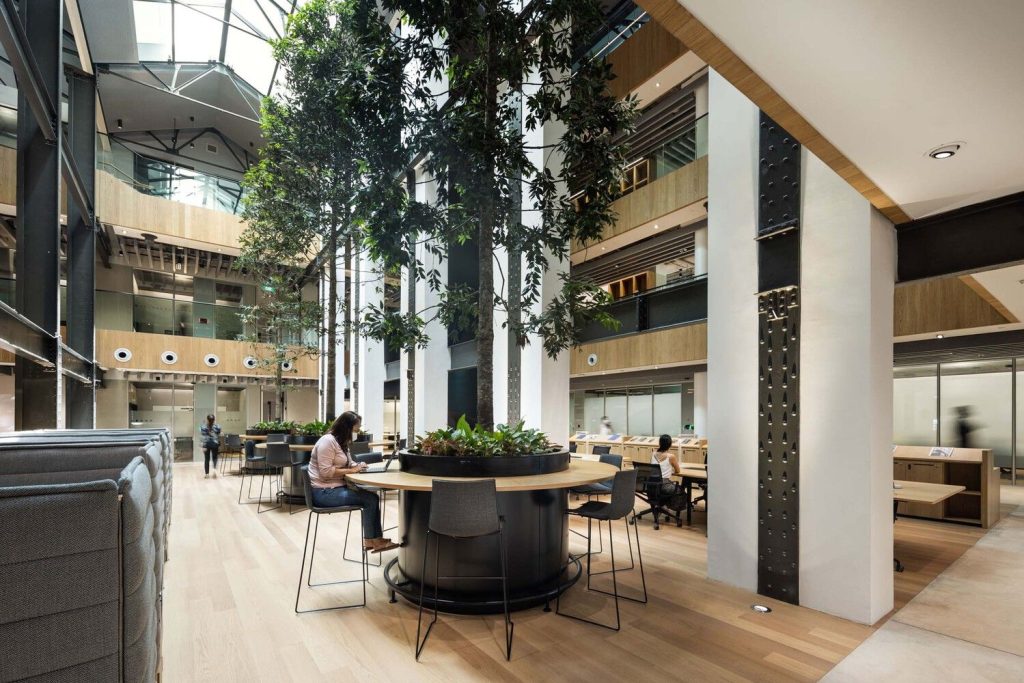
DYSONGLOBAL HQ | M MOSER ASSOCIATES | © FINBARR FALLON
Perhaps his most famous principle, “Less is more,” summarizes Mies’ approach to design: stripping away the unnecessary to reveal the essential. His buildings are characterized by clean lines, open floor plans, and an absence of ornamentation. This philosophy encourages architects to prioritize spatial clarity and material integrity, resulting in modern and enduring structures.
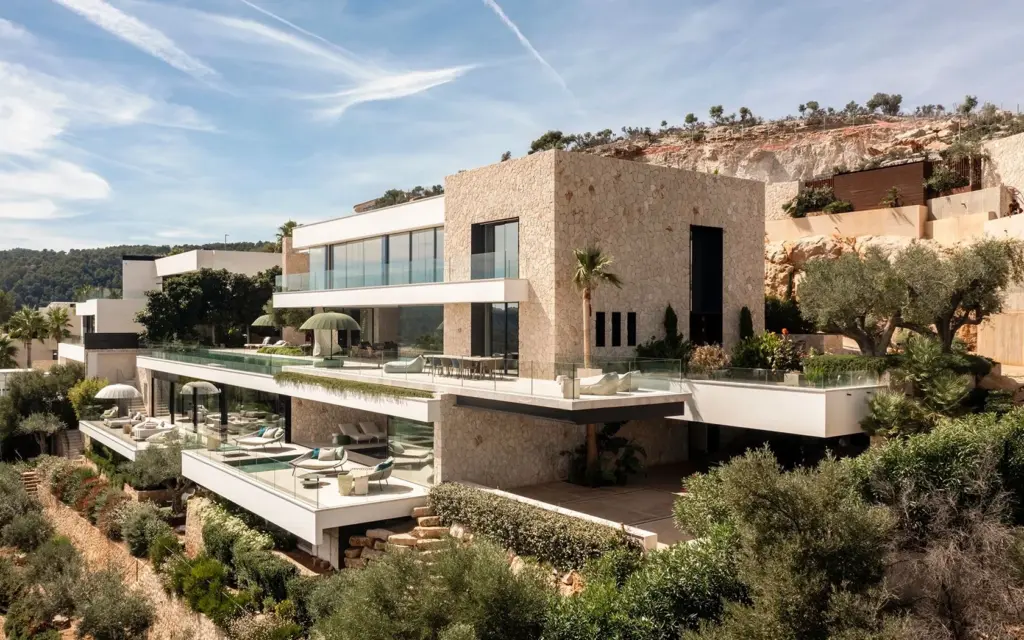
© Tomeu Canyellas
1. Heydar Aliyev Center – Zaha Hadid
1. Heydar Aliyev Center – Zaha Hadid
In line with Dyson’s commitment to well-being, the interior spaces of the Singapore office have been thoughtfully designed to incorporate nature. Lush trees throughout the workspace enhance air quality and thermal comfort, creating an environment that fosters creativity and productivity. Moreover, the design team has seamlessly connected meeting spaces with a landscaped rooftop terrace, bringing the beauty of the outdoors indoors.
Dyson’s global HQ exemplifies architectural renewal and urban sustainability. The project pays homage to Singapore’s industrial heritage by repurposing the historic St. James Power Station, while demonstrating a commitment to sustainable practices. Integrating OTIIMA minimalist windows further adds to the building’s environmental consciousness, promoting energy efficiency and a reduced ecological footprint.
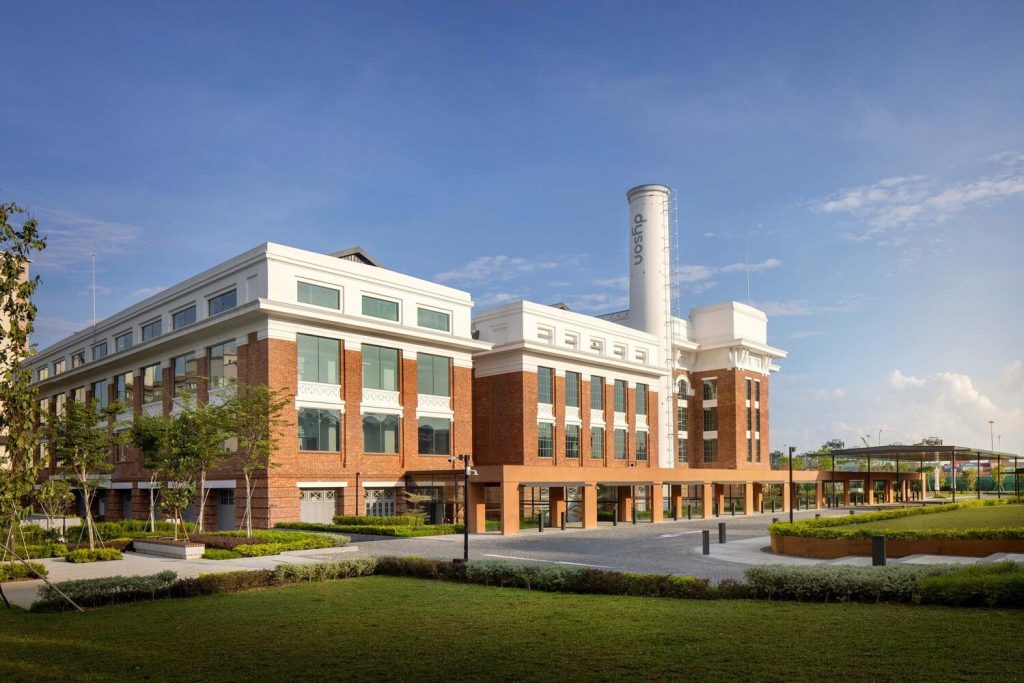
DYSONGLOBAL HQ | M MOSER ASSOCIATES | © FINBARR FALLON
Dyson Global HQ at St James Power Station embodies a perfect synergy of heritage preservation, architectural innovation, and employee well-being. Thanks to the seamless integration of OTIIMA minimalist windows, the workspace is flooded with natural light, offering breathtaking views of the surroundings. This environment inspires, motivates, and fosters Dyson’s talented teams’ groundbreaking research and development endeavors. This transformation of a historic building into a forward-thinking workplace showcases how thoughtful design and sustainable choices can breathe new life into old structures, paving the way for a brighter, more sustainable future.
